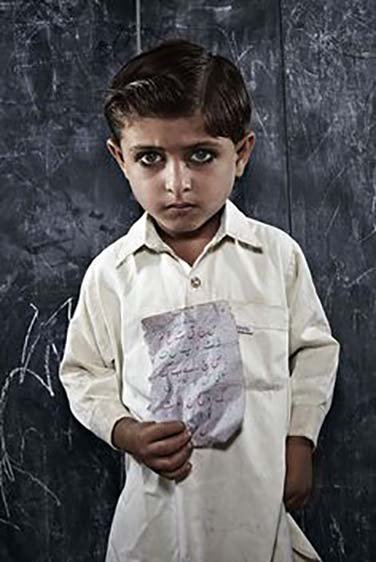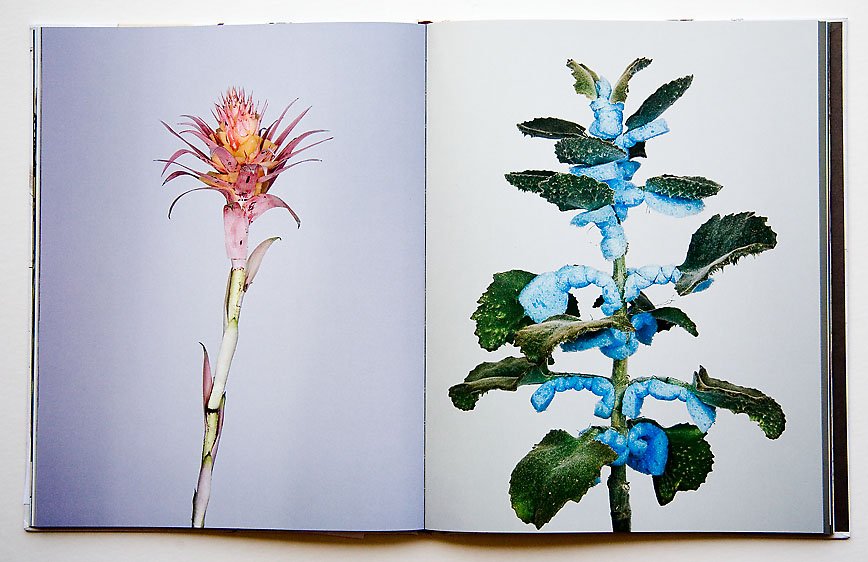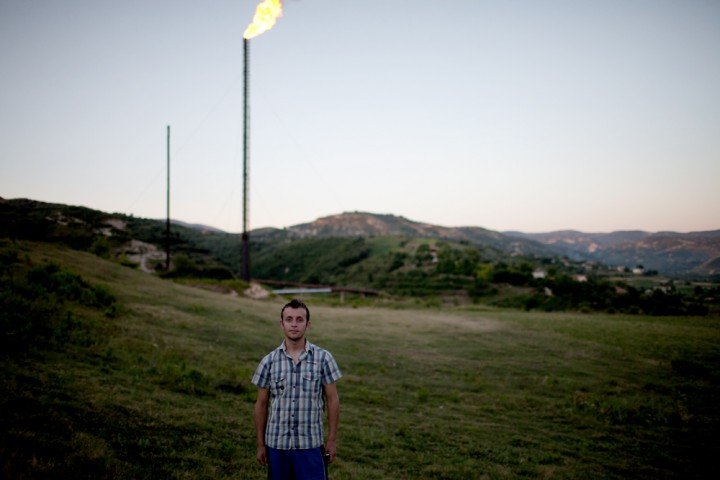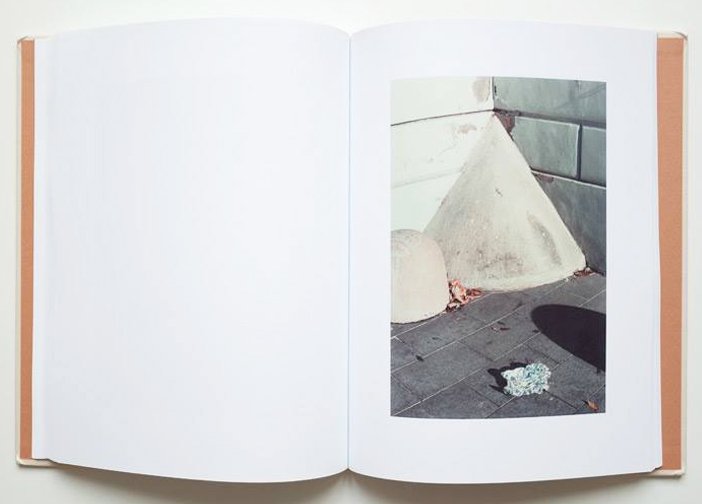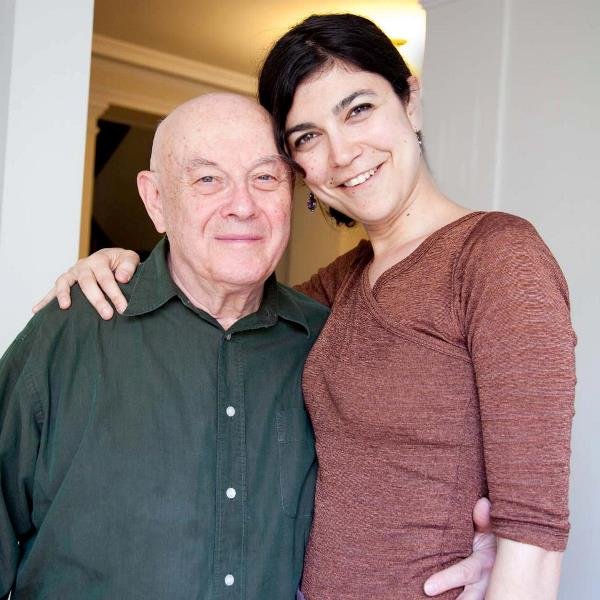Bosnia : Book Review : Quest For Identity By Palash Krishna Mehrotra
By themselves, these are ordinary objects. These are objects that we use in our everyday lives: a toothbrush, a comb, a razor, a shoehorn, a wristwatch, a torch, a lighter, a wallet, keys. When we are alive, they don’t even register in our consciousness—we take them so much for granted. When you’re dead—especially when you are one of thousands killed in a genocide—they become markers of individual identity. They become, in the language of forensics, artefacts. In essence, these are personal belongings, which remind us of the people who owned them. One sees sparkling eyes behind the mud-splattered spectacles. One sees the strong, hairy wrist around which the now-rusty watch had been strapped. These are discomfiting photographs, dripping with a terrible beauty, where absence is a constant presence.

Bosnia: Quest for Identity © Ziyah Gafic
“Personal belongings recovered from mass graves and photographed on a forensic table in Tuzla, Bosnia, Herzegovina, on April 26, 2010. These are items people carried with themselves as they were running away from the Serb Army or when they were taken for execution . Besides body parts, these everyday items form the last evidence of their identity. Items were recovered and are still being recovered from countless mass graves across my homeland, Bosnia. These items constitute forensic evidence used in ongoing trials for war crimes, and in the ongoing identification process. Some 30, 000 Bosnians went missing during the war for Independence (1992-1995).”
Photography feature – Ziyah Gafic’s new photobook comes out of his project, Quest for Identity, in which he photographed hundreds of objects recovered from countless mass graves across Bosnia. In the early 1990s, almost 30,000 Bosnians were massacred by the Serbian army in the first, and worst, act of genocide on European soil since the Holocaust. These prisoners were not informed of the fate that awaited them. Instead, they were told that they were being taken to a place where they’d be exchanged for Serb prisoners of war. Which explains why they were carrying their belongings and essentials with them.
Time Lapsing History
Some of these objects are impersonal and functional, like a coffee cup, but there are also artefacts that speak warmly, and clearly, of a peaceful life brought to a violent and abrupt end. There are family albums, photos of men, women and children gathered around food-laden tables in happier times, journal entries that record the vitality of a lived day.
In Gafic’s catalogue-style photographs, these inanimate objects are transformed into eyes that were helpless, mute witnesses to the terror that unfolded in front of them. They were the only ones to be spared.
Title: Quest for Identity
Author: Ziyah Gafic
Price: US $ 42 – CAN $ 50.5- UK Pounds 28/ Euros 33.5
Library of Congress Control Number: 2010934616
ISBN 978-0-9825908-3-6
Palash is the author of The Butterfly Generation. He writes a regular column for Mail Today Sunday.

